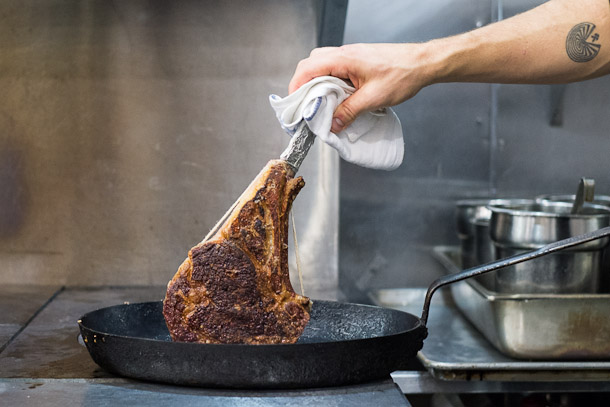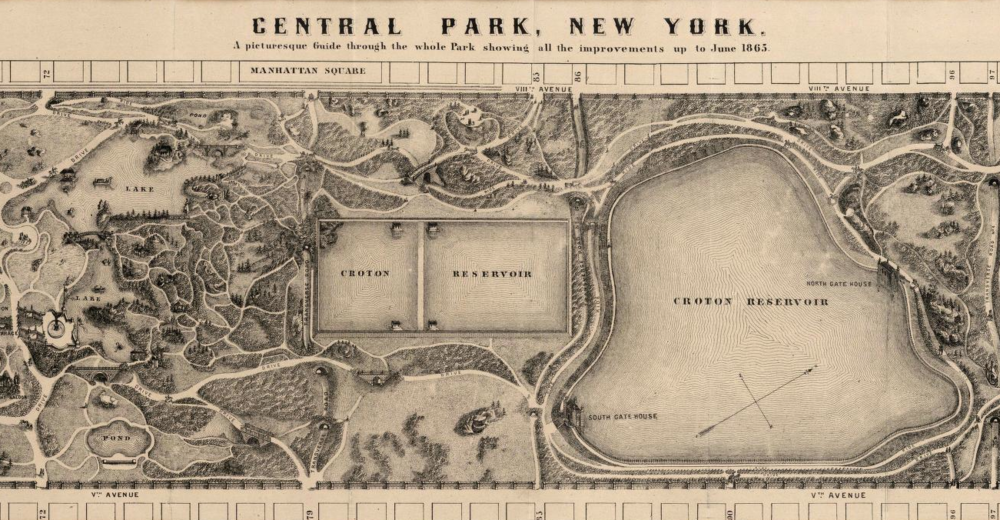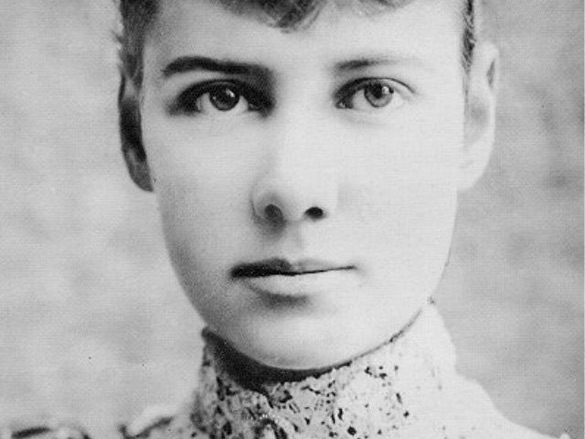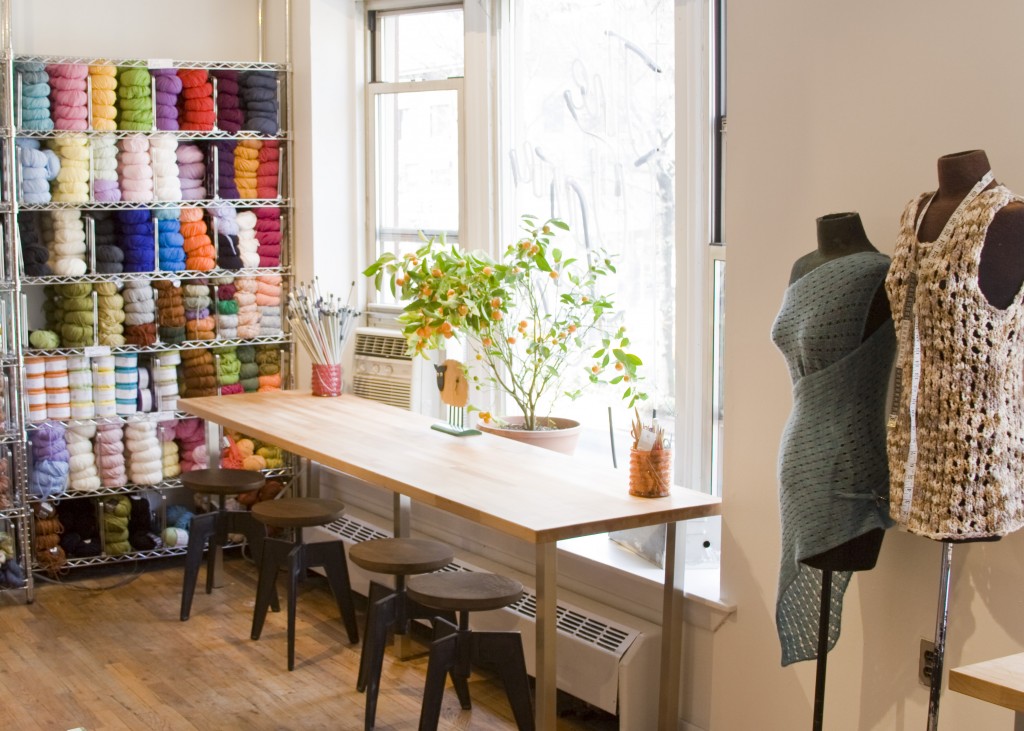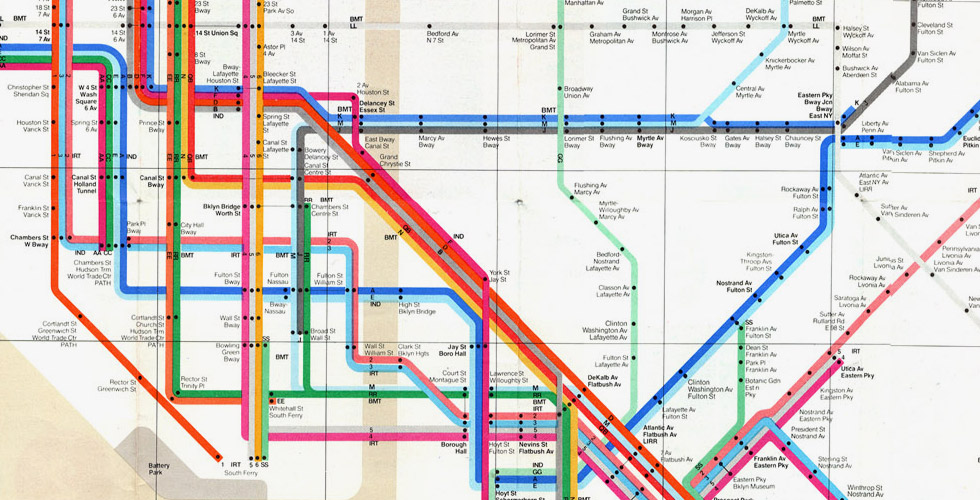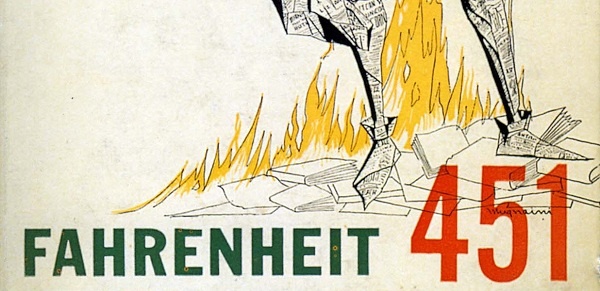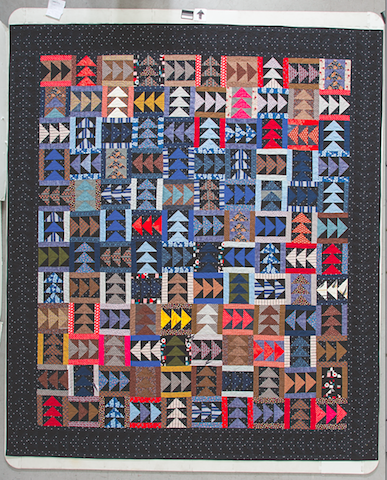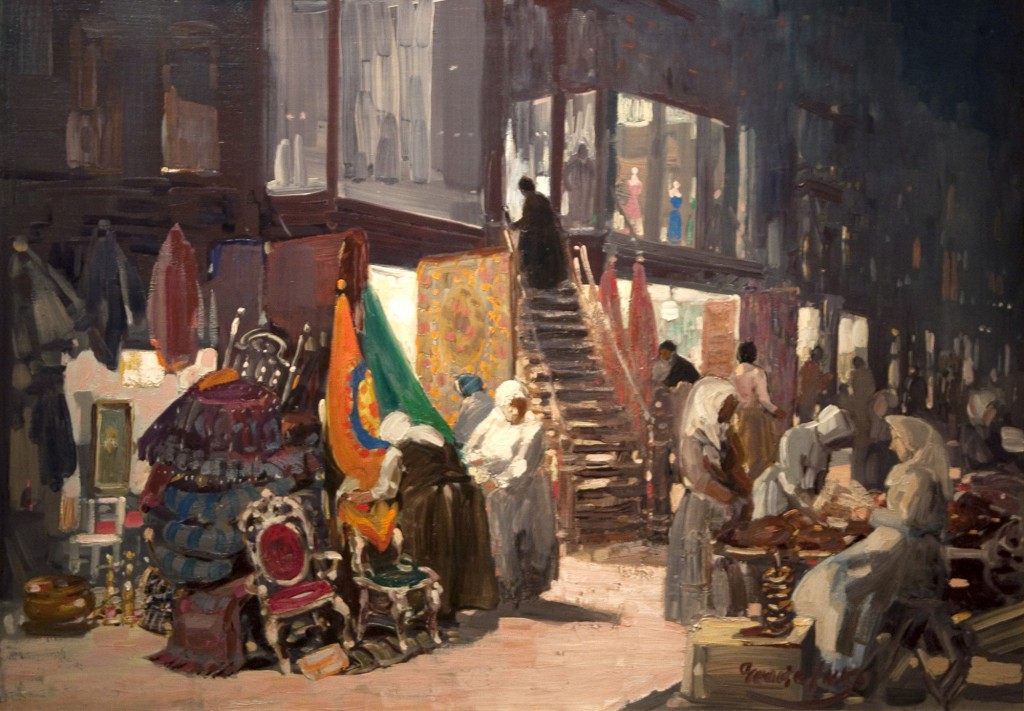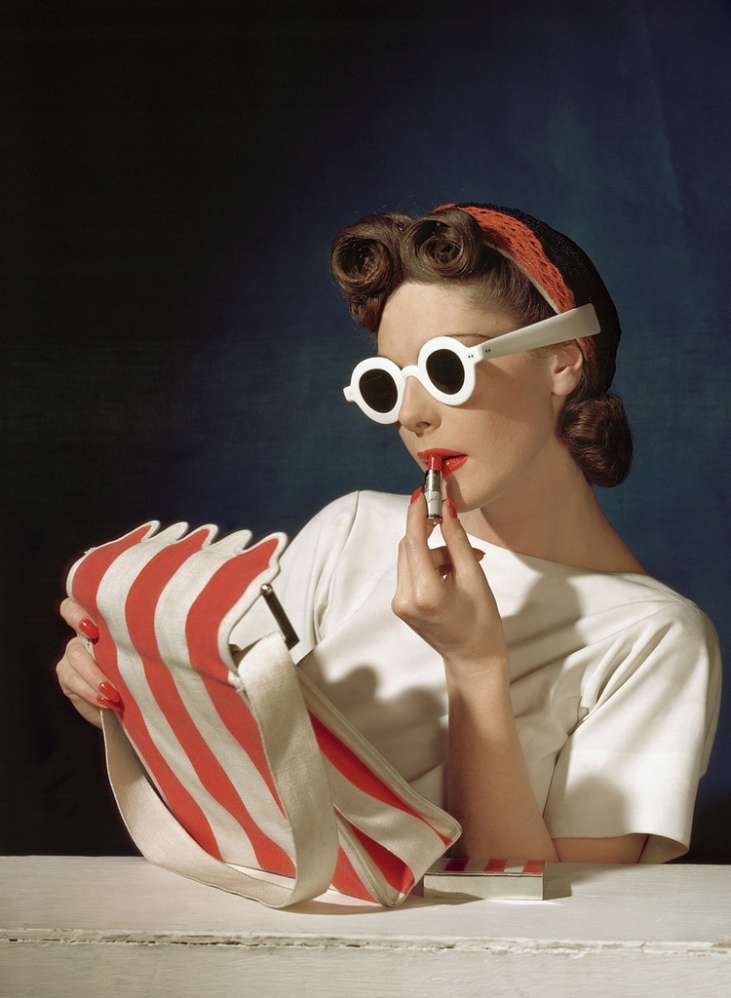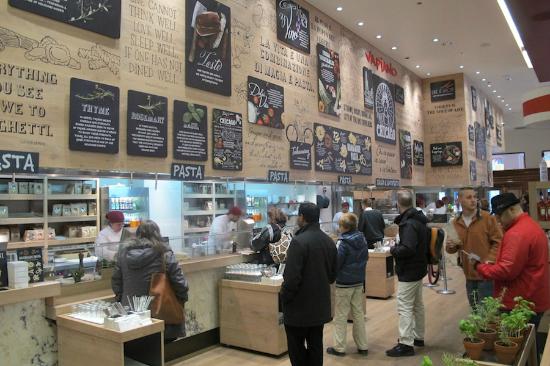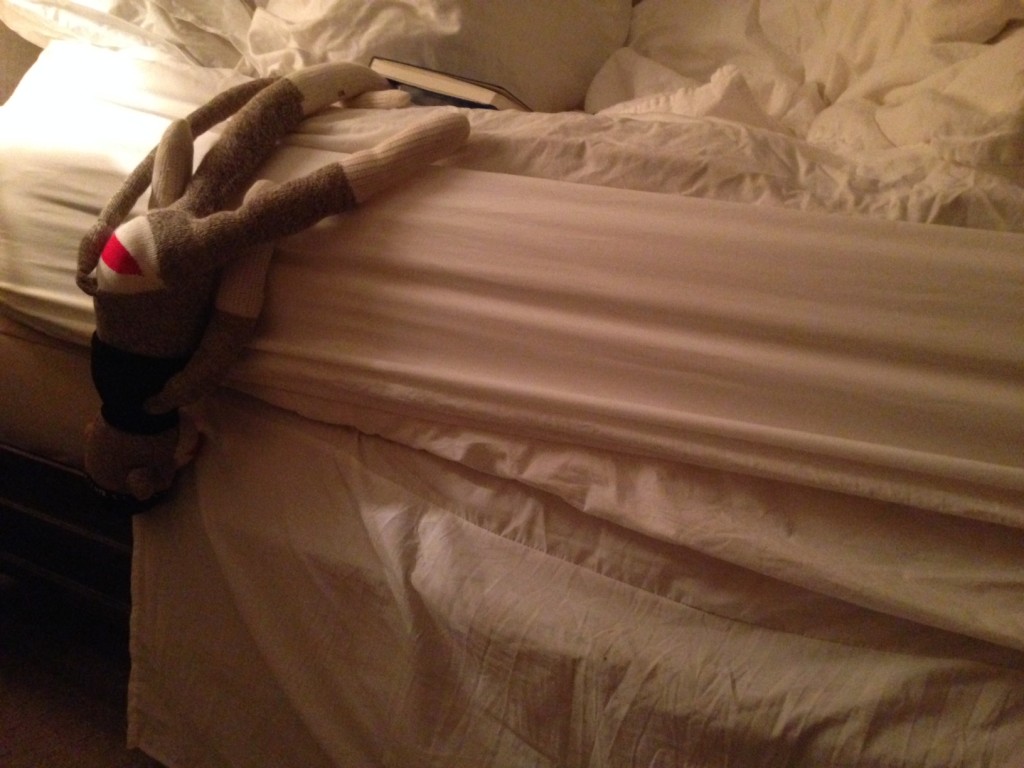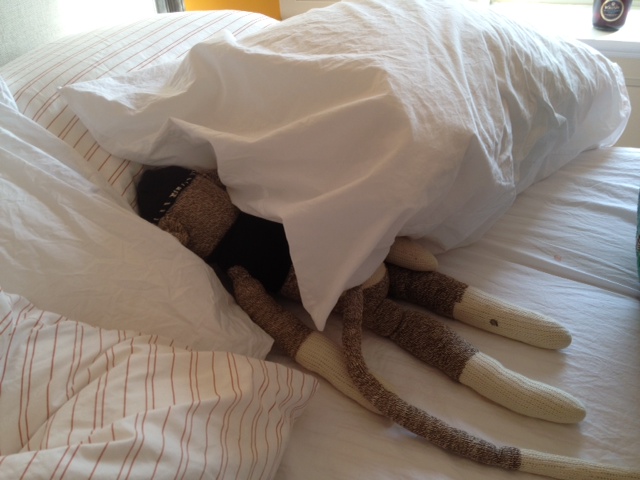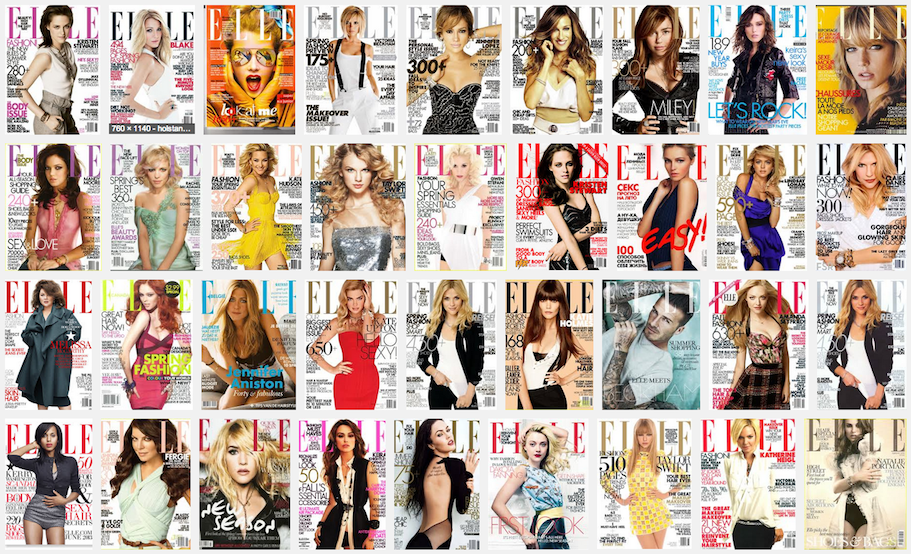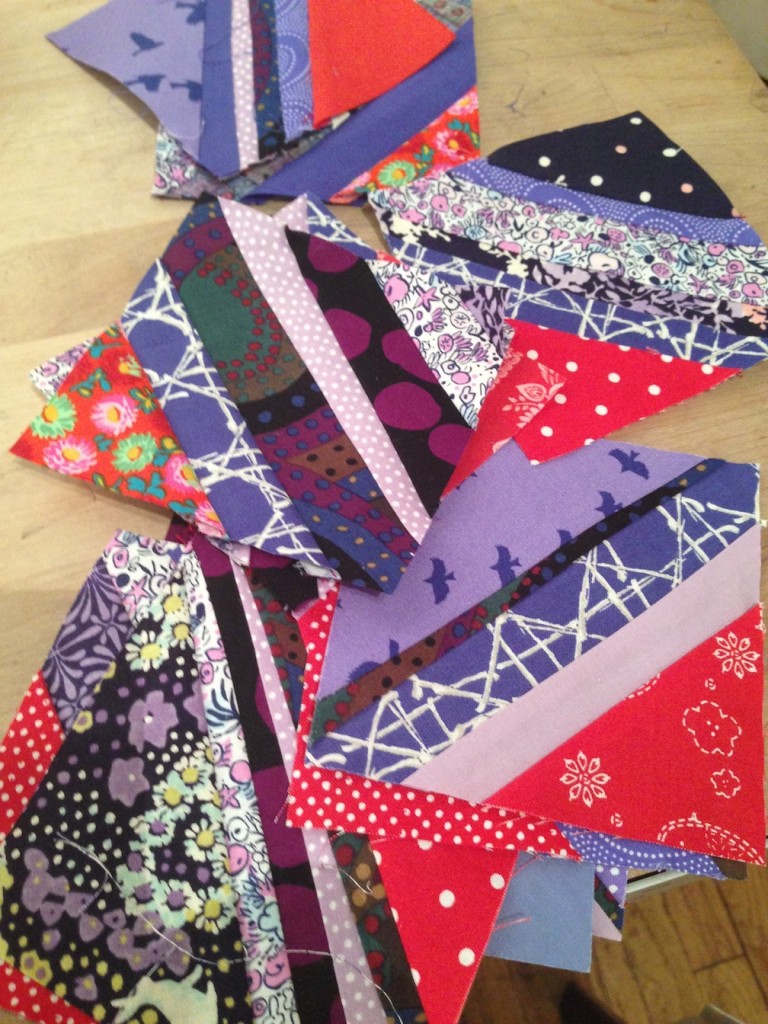
I have so enjoyed sewing at The Yarn Company over the past few weeks. I’ve nearly completed my latest quilt for Quilty, a string quilt I’m calling “Majesty,” due to all the royal purple fabrics. A string quilt, if you don’t know, is a quilt made by sewing long strips (“strings”) of fabric to paper foundations. You sew, trim, and then tear the paper off the back of the units you’ve sewn. You sew the units together to make blocks, and from the blocks, you make the quilt top, and so on.
There is a myth that quilters are patient. It’s the opposite. We are extremely impatient. We must forever be doing something with our hands. We finish a quilt and immediately start the next one (many of us, including me, begin our next project before we finish what we’ve got going.) We look for efficiencies everywhere. We strategize. There is no meandering, no lackadaisical approach. We make patchwork and quilt quilts to calm ourselves down, not because we are some breed of serene creature with nothing better to do than sit around and (slowly) make “blankets.”*
I’ve calmed myself down in the middle of Manhattan by working on “Majesty” at my sewing machine. If I could’ve spent hours and hours more doing so, maybe I wouldn’t have gotten sick. (A more optimistic way to frame it: I might’ve been sicker had I not enjoyed many hours of sewing.) The whirr of my Babylock, the snic! of my scissors cutting thread; these are the sounds of patchwork science that have soothed my cerebrum when it’s been burnt crispy by the sirens and the subway. There are dishes to do, always, and dinner and cookies to make for myself and Yuri. There are phone calls and emails and fires — all of it important, none of it more important than anyone else’s phone calls, emails, and fires. All of this is laid down when you sew. You really can’t do much else when your foot is on that pedal.
My mom likes to say this:
“When I was a young mother, working on my first book, it seemed crazy to make quilts in my ‘spare time.’ But I loved making patchwork and quilts because they stayed done. The dishes didn’t stay done, the laundry didn’t stay done. There was always more homework, there were more bills… But a quilt block stayed done. You could say, ‘I made this’ and enjoy it forever.”
Chicago will see very little of me; the remainder of March is all we have together. I go to Cleveland, Iowa, Florida, Lincoln, and somewhere else before coming back to NYC in early May. Nothing stays done. Plane tickets don’t get framed. Suitcases don’t stay packed or unpacked. Kisses are like matches. Sandwiches are consumed. But “Majesty,” when it’s done, will stay done. And someone will cover up under it one day and see the Quilt Charm on the back. It will read, “Made by Mary Fons, NYC, 2014. Done.”
*Don’t call them “blankets.” Your CB2 knit throw is a blanket. We make quilts.


